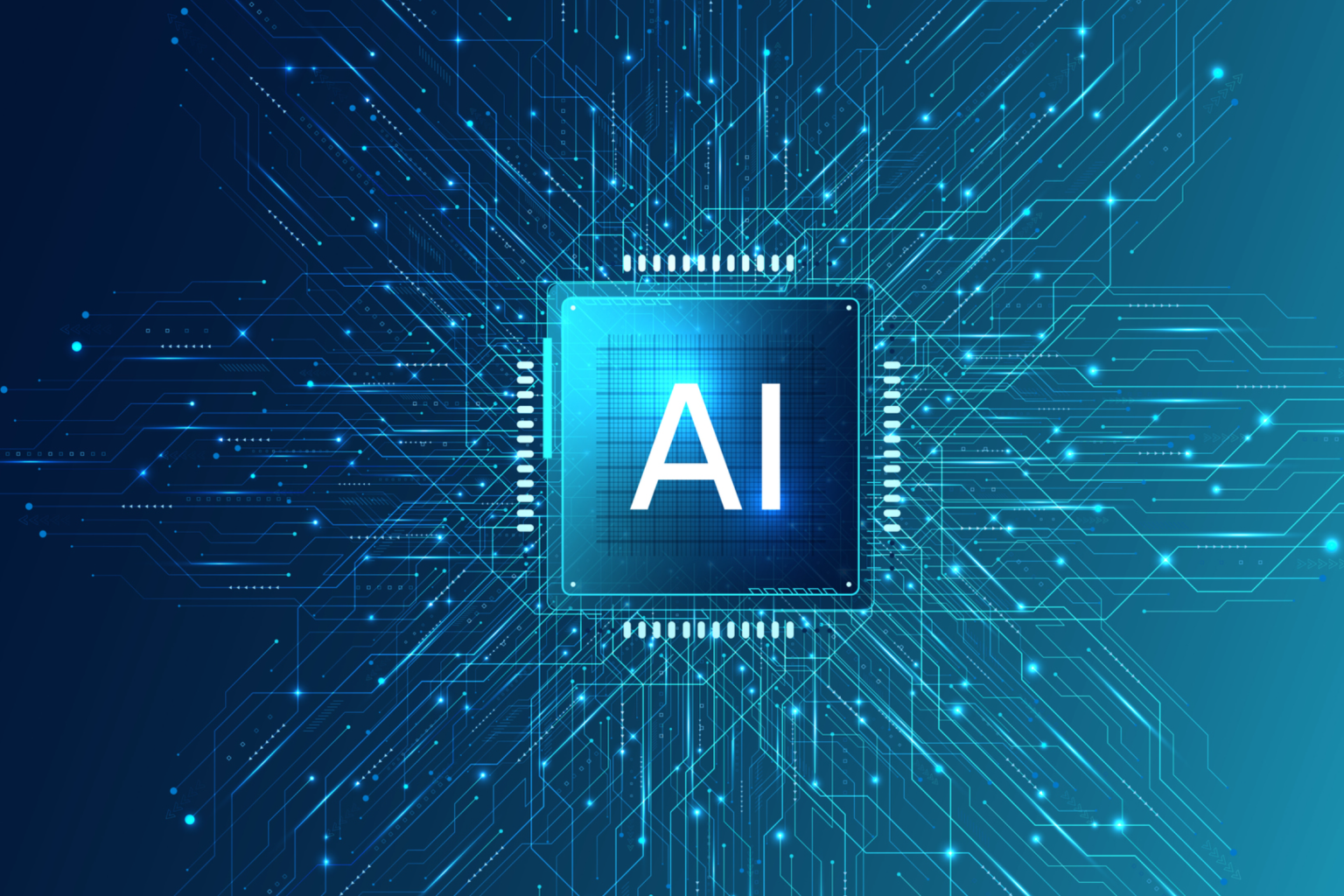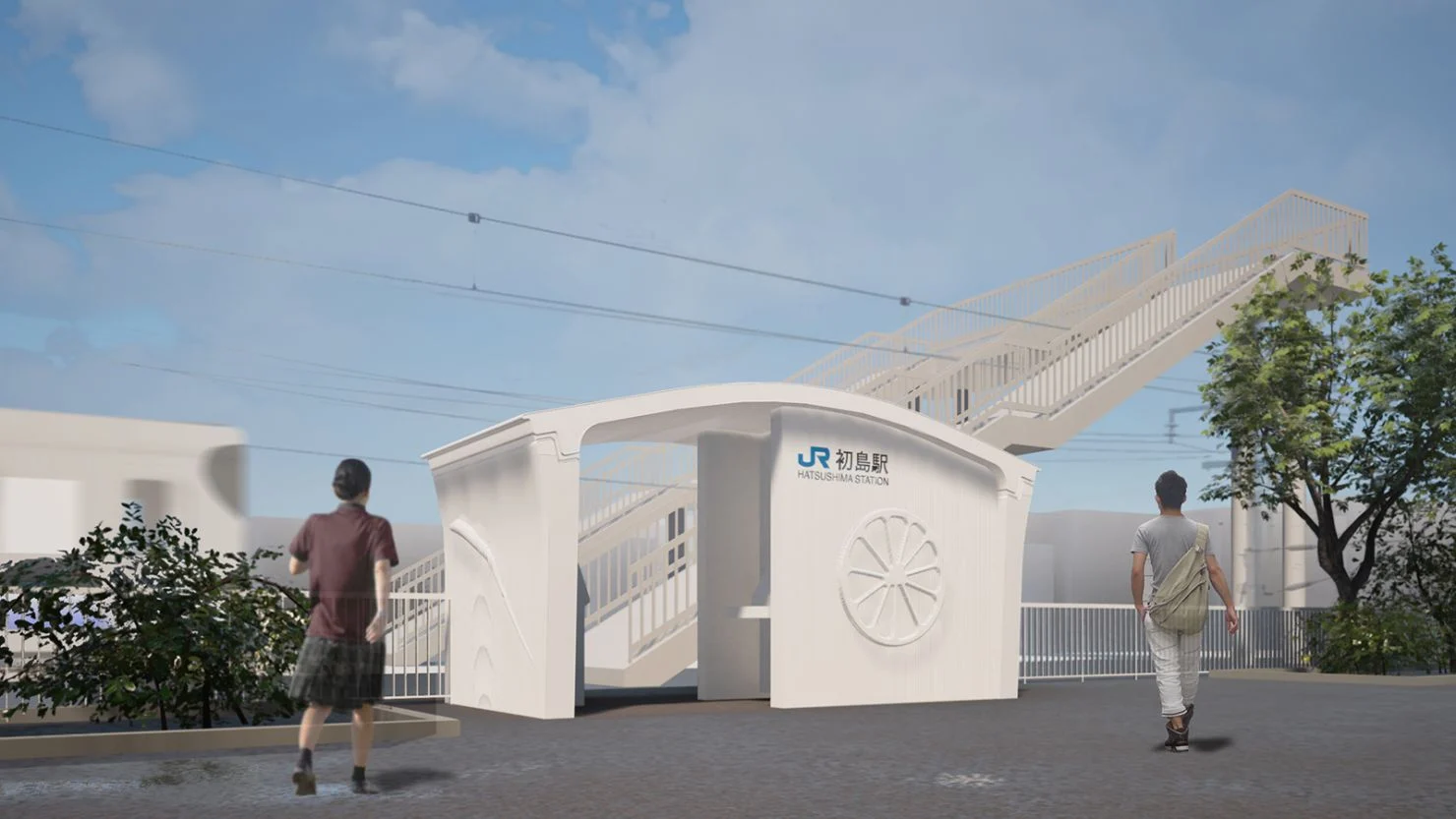Blog Credit: Trupti Thakur
Image Courtesy: Google
High Resolution Network
Researchers from the Indian Institute of Technology (IIT) Guwahati have developed an AI-based framework called Osteo HRNet. This framework aims to revolutionize the assessment of Knee Osteoarthritis (OA) severity through the automatic analysis of X-ray images.
Addressing a prevalent condition
Knee osteoarthritis affects a significant portion of the population in India, with a prevalence rate of 28 percent. The condition poses challenges as there is no known cure, except for total joint replacement in advanced stages. Early diagnosis becomes crucial for effective pain management and corrective measures.
Overcoming limitations of traditional methods
While MRI and CT scans offer a 3D view of knee joints for accurate diagnosis, their limited availability and high cost hinder their widespread use. X-ray imaging, on the other hand, emerges as a more economically feasible option for routine diagnosis.
Introducing the Osteo HRNet framework
The Osteo HRNet framework developed by the researchers at IIT Guwahati utilizes deep learning techniques to assess the severity of Knee OA. It incorporates the Kellgren and Lawrence (KL) grading scale, a widely accepted standard for classifying the disease severity. The framework harnesses the power of the High-Resolution Network (HRNet) to capture multi-scale features of knee X-rays, enhancing the accuracy of the analysis.
Advancing diagnosis and treatment
The Osteo HRNet framework is poised to bring about significant advancements in diagnosing Knee OA. By automatically assessing the severity level of the disease, medical practitioners can make more informed decisions remotely, leading to more accurate diagnoses and tailored treatment plans. The framework’s ability to pinpoint the medically crucial areas further enhances its utility.
Future prospects
The researchers are committed to further refining the AI-based model to accommodate inexpensive radiographic modalities, such as low-resolution images or photos captured using smartphones. This would enable efficient deployment of the model in resource-constrained environments, empowering medical professionals to obtain initial and accurate diagnoses. The potential of this work extends to addressing the shortage of skilled personnel, particularly in rural India.
Features of Osteo HRNet
- This framework aims to revolutionize the assessment of Knee Osteoarthritis (OA) severity through the automatic analysis of X-ray images.
- The Osteo HRNet framework developed by the researchers at IIT Guwahati utilizes deep learning techniques to assess the severity of Knee OA.
- It incorporates the Kellgren and Lawrence (KL) grading scale, a widely accepted standard for classifying the disease severity.
- The framework harnesses the power of the High-Resolution Network (HRNet) to capture multi-scale features of knee X-rays, enhancing the accuracy of the analysis.
- The Osteo HRNet framework is poised to bring about significant advancements in diagnosing Knee OA.
- By automatically assessing the severity level of the disease, medical practitioners can make more informed decisions remotely, leading to more accurate diagnoses and tailored treatment plans.
- The framework’s ability to pinpoint the medically crucial areas further enhances its utility.
Researchers have been working to enhance automatic knee osteoarthritis detection from X-Ray images or radiographs to assist clinical evaluation. In this direction the IIT Guwahati team has developed an AI-based model to automatically assess the severity of Knee OA.
Speaking about the Knee OA prediction model, Palash Ghosh, Assistant Professor, Department of Methamatics, IIT Guwahati, said, “compared to others, our model can pinpoint the area which is medically most important to decide the severity level of Knee osteoarthritis thus helping medical practitioners detect the disease accurately at an early stage.”
The prposed approach is not a direct plug-and-play of popular deep models. The AI-based model uses an efficient Deep Convolutional Neural Network (CNN) i.e. an algorithm from image frecognition.
This model predicts Knee OA severity according to the World Health Organization (WHO) approved Keligren and Lawrence (KL) grading scale that ranges from grade o (low severity) to 4 (high severity)
It is built upon one of the most recent deep models, called the High-Resolution Network (HRNet), to capture the multi-scale features of Knee X-rays.
Speaking about the further application of this work Professor Arijit Sur, Department of Computer Science and Engineering, IIT Guwahati said, “Although simple, proposed model may be a good starting point for analyzing inexpensive radiographic modalities such as X-rays. Our group is currently focusing on how efficient Deep Learning based models can be designed so that we can work on inexpensive and easy to available modalities such as very low-resolution radiographic images or even photos taken from radiographic plates by a smartphone.”
The team is further working to reconfigure these models in such a way that they can be deployed in resource-constrained devices so that medical professionals can easily get an initial but accurate guess for the diagnosis.
This work has the potential to mitigate the severe shortage of skilled personnel in this field, especially in rural India.
The research has been accepted for publication in the journal Multimedia Tools and Applications. It was carried out by Rohit Kumar Jain, an MTech Data Science Student (now graduated) under the joint supervision of Professor Sur and Dr. Palash Ghosh.
The Research team also included former PhD Students of Prof. Sur at IIT Guwahati, Dr Prasan Kumar Sharma and Dr. Sibaji Gaj (now a research fellow at Cleveland Clinic, Ohio, USA).
Blog By: Trupti Thakur

21
JulHigh Resolution Network – HRNet
Jul 21, 2023Recent Blog
The ITES-QApr 17, 2025
The UPI Circle Of PhonePeApr 16, 2025
Dangerous AI In HealthcareApr 15, 2025
Google’s Iron Wood ChipApr 14, 2025
World’s First 3D Printed Train StationApr 11, 2025




